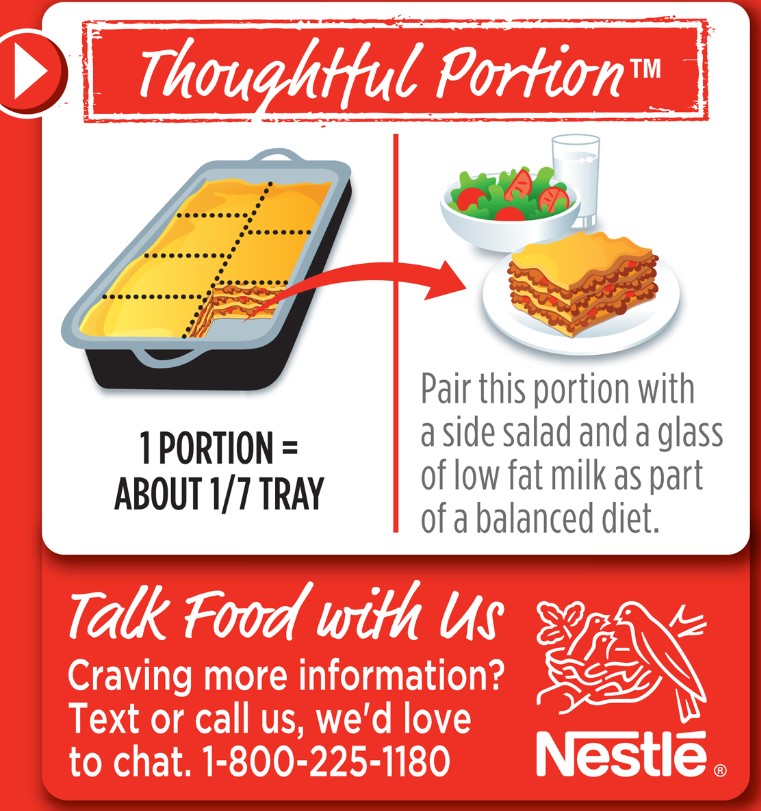Discover the latest updates on food, nutrition, and health in our regular blog. Stay informed with the latest news that covers a wide range of topics important to the well-being of the audiences you reach. Today’s update focuses on new ways to think about topics of interest to nutrition educators.
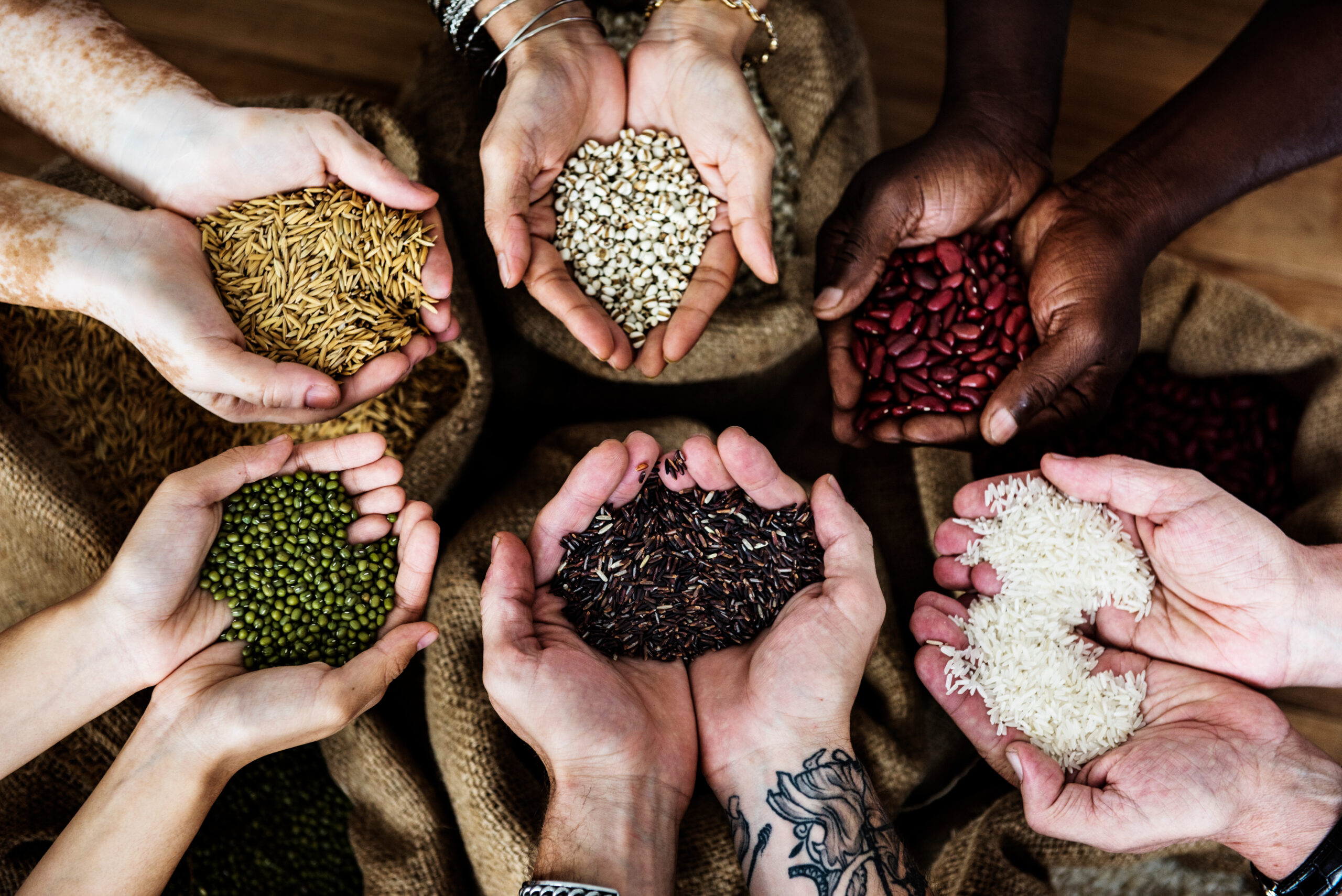
TAKING A NEW LOOK
In the evolving landscape of nutrition education, especially regarding lifespan and longevity, a fresh perspective considers not just the duration of life, but the quality of it, free from chronic diseases. This approach emphasizes the pivotal role of nutrition and physical activity in promoting a healthier, more vibrant life. Moreover, nutrition educators, keenly aware of the importance of cultural sensitivity, continuously welcome reminders to navigate the nuances of culinary traditions with respect. Addressing ingredient substitutions in cultural recipes and avoiding missteps in food photography are key areas where respectful awareness can prevent unintentional cultural sensitivities.
Intriguingly, the trend of super-sizing in the reusable bottle market intersects with these concerns, highlighting the stance: while upsizing is acceptable and even beneficial when it involves water consumption—encouraging hydration and reducing plastic waste—it raises alarms when applied to sugary or unhealthy beverages. This dichotomy underscores the importance of conscious choices in both diet and environmental practices, steering public health and sustainability in a positive direction.
A CURATED LIST OF MUST-READ CONTENT
Updated plant hardiness zones mean that nutrition educators who include gardening in their teaching need to be aware of how planting zones have changed.
CLICK HERE FOR RELATED NEWS


A disturbing look at how Trader Joe’s has often expressed interest in working with small food companies that produce unique foods and then producing similar products with their trade name. Some small companies have questioned these practices.
CLICK HERE FOR RELATED NEWS
How do consumers view package sizes, and what are the consequences of changing them? One takeaway: Smaller packages may mean they are less able to be recycled.
CLICK HERE FOR RELATED NEWS
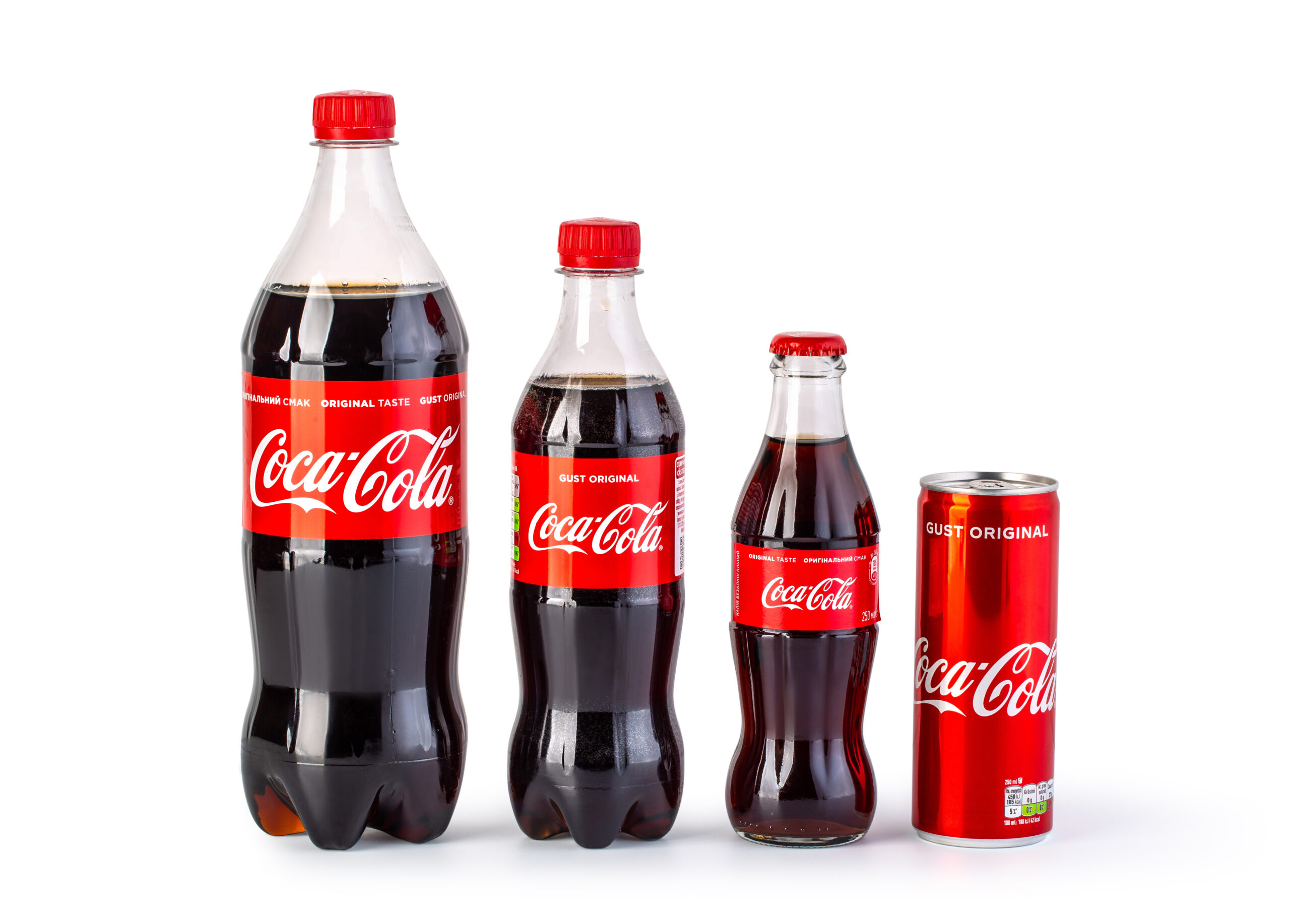

It’s not only large food companies that use shrinkflation to increase prices along with decreasing package sizes. Dollar stores have a higher profit margin as compared to chains such as Target and Walmart. Partnering with companies to package products that fit the $1 price point may mean the price per unit is MORE than found in chain stores.
CLICK HERE FOR RELATED NEWS
A survey of over 1000 RDs provides some interesting insights. There’s great interest in sustainability yet an education gap exists. RDs offer some ways to weave sustainability into nutrition education when talking about food prep and food buying.
CLICK HERE FOR RELATED NEWS
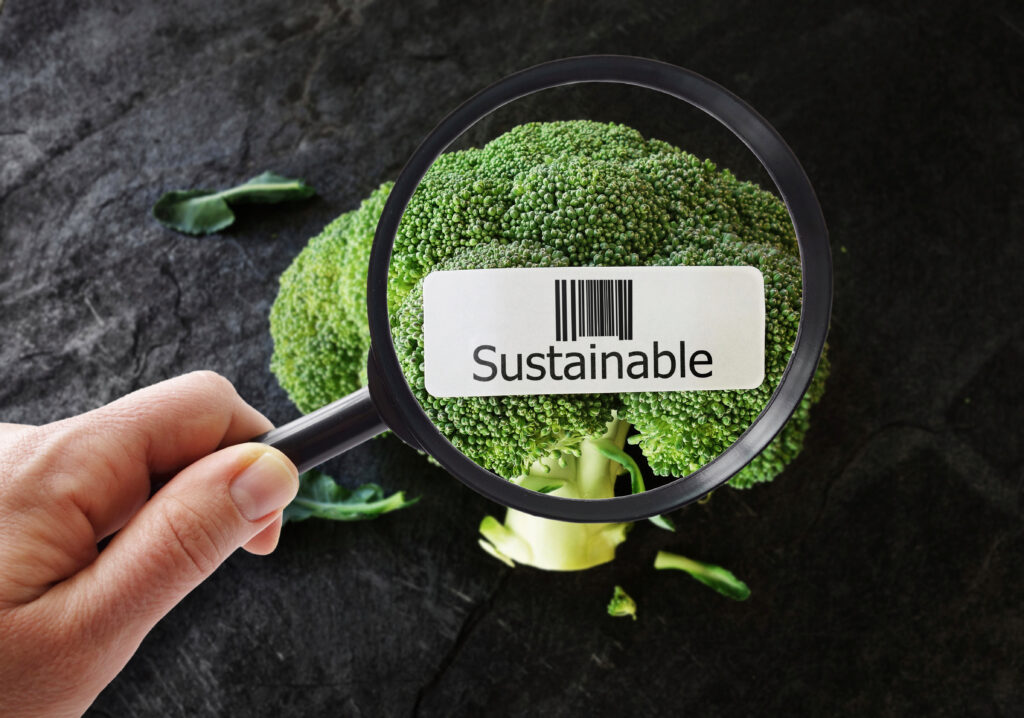
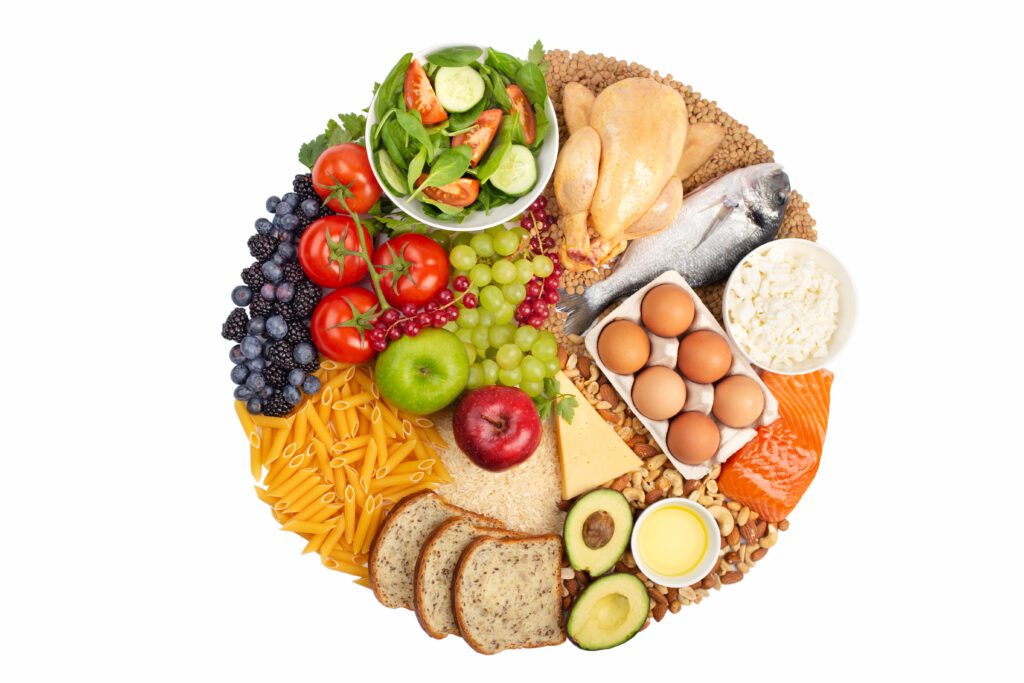
Visually see how our consumption of choices from six food groups – proteins, dairy, grains, fruits, fresh vegetables – has changed from 1970 to 2019 (available added fats has limited data). Consumption takeaways: chicken has reigned for 20 years, our variety of fresh vegetables has increased, fresh oranges have decreased a lot, orange juice has declined and cheese/yogurt has increased.
CLICK HERE FOR RELATED NEWS
- Seeing How Much We Ate Over the Years
What is the difference between dairy and plant milk? Read the article to see the comparison.
CLICK HERE FOR RELATED NEWS

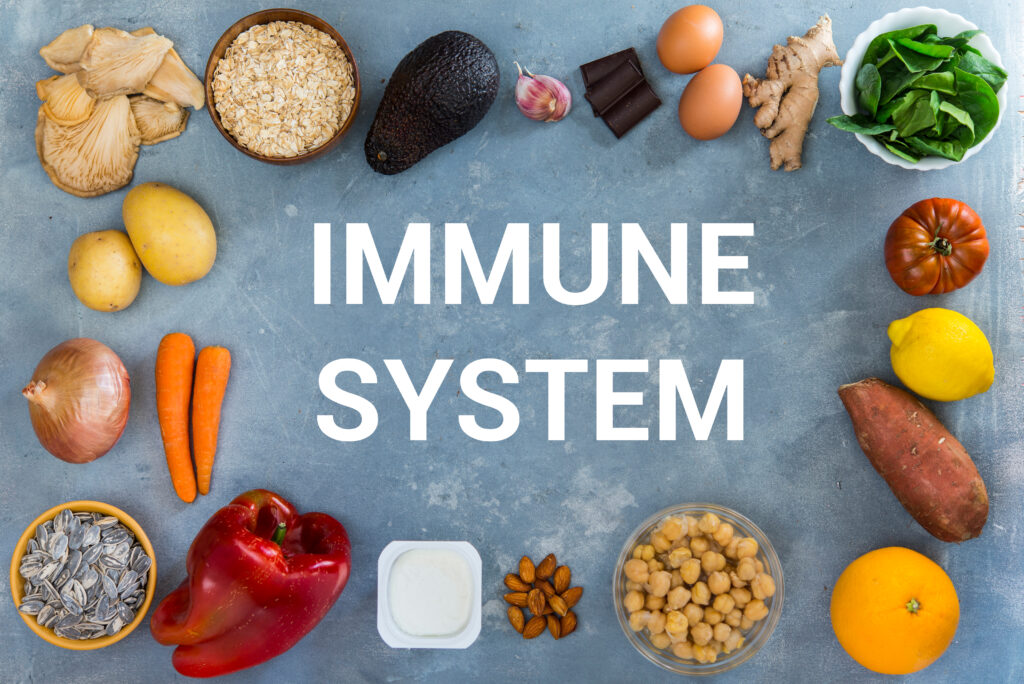
Nutrition educators like visuals to teach concepts, so this is another way to show how eating healthy supports the body.
CLICK HERE FOR RELATED NEWS
continue reading
Related Posts
SNAP continues to be in the news… Louisiana’s SNAP waiver
Weight loss drugs continue to garner attention and shelf space
Society for Nutrition Education and Behavior Welcomes Susan Stephenson-Martin as 2025-2026 President
INDIANAPOLIS (July 2025) – The Society for Nutrition Education and

